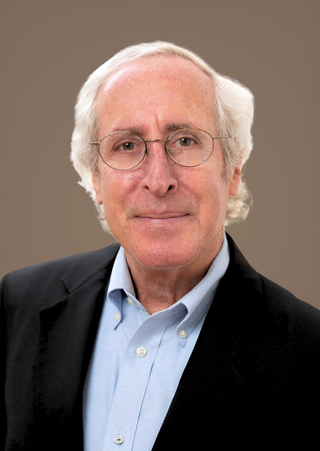November 22, 1963 was a Friday. The following Thursday would be Thanksgiving. I was 12-and-a-half years old. Our home was in Washington. I was with Mom in our family doctor’s office. The radio music stopped and a voice came on announcing that President Kennedy had been shot in Dallas, Texas, and taken to Parkland Hospital.
We went home and turned on the TV, a black-and-white set in the living room. It kept repeating what was known: John F. Kennedy shot while riding in the limousine, with its top down. Governor John Connally shot and wounded. Then Walter Cronkite of CBS, reading bulletins coming in on the wires from reporters in Dallas, made the announcement. “From Dallas, Texas, the flash, apparently official: President Kennedy died at 1pm Central Standard Time… some 38 minutes ago.”
Cronkite, distraught, took off his glasses and composed himself to continue reporting to the country.
And the world stopped.
Now America was marked by the moment before Kennedy was killed, and then all the moments after the greatest tragedy in the history of US presidents since the assassination of Abraham Lincoln nearly 100 years earlier.
The city shut down. All we could do was watch the television. For the next four days, all programming on the three television networks was pre-empted. Kennedy’s casket was taken to Air Force One for the flight back to Washington. A federal judge swore in vice president Lyndon Johnson as president on the plane, with Jacqueline Kennedy next to him, wearing the pink suit stained with her husband’s blood.
And then Sunday. Lee Harvey Oswald, the suspected killer, had been found and arrested. It was early afternoon. Oswald, handcuffed, was being moved from one jail to another. TV cameras were in the hallway. A man stepped in front of Oswald, fired a gun, and Oswald grunted and collapsed.
The murder on live television in the midst of our national nightmare rocked the country to its core. What the hell was happening to us?
Were we spiralling out of control? Indeed, America was. Less than five years later, both Martin Luther King Jr, the soul of the civil rights movement and its ambition that America could, finally, be free at last for all, and JFK’s brother, Robert, then on a path to redeem the Kennedy mantle and legacy and be elected president in 1968, were assassinated within 60 days of each other.
Society fractured. The civil rights and anti-Vietnam movements exploded. The nation was torn and divided for years with violence in the streets.
We could never know for certain whether JFK would have gone down the road that Lyndon Johnson chose in expanding the war and sending 500,000 troops to Vietnam. We would never know whether Kennedy would take truly dramatic steps to advance civil rights for black Americans.
JFK was taken from us before we could see him fully. The narrative began to take hold of the young president, the dynamic leader of the country, with his enchanting first lady and their two children who would play in the Oval Office, cut down in his prime. Kennedy did not age in the days after he died. To this day, he is still the handsome president with “vigah” who called to us: “Ask not what your country can do for you – ask what you can do for your country.”
Today, we need that noble clarion call renewed so that America can transcend these times, the most divisive since the Civil War.
The day of JFK’s funeral, Dad said that something good was going to happen. The leaders of the world were flying in. They would be together with the new president to mourn Kennedy and to reaffirm the values that united America with them. I especially remember Charles de Gaulle of France, the tallest among them, with his military cap.
It was a day of hope we would go forward, that America could still lead the world. But with the assassination of its president, America lost its sense of certainty about its destiny. We are still in the moments after Kennedy’s death. As we are with Lincoln’s. The country is still struggling today with the existential issues that faced those presidents. We do not know the outcome.






